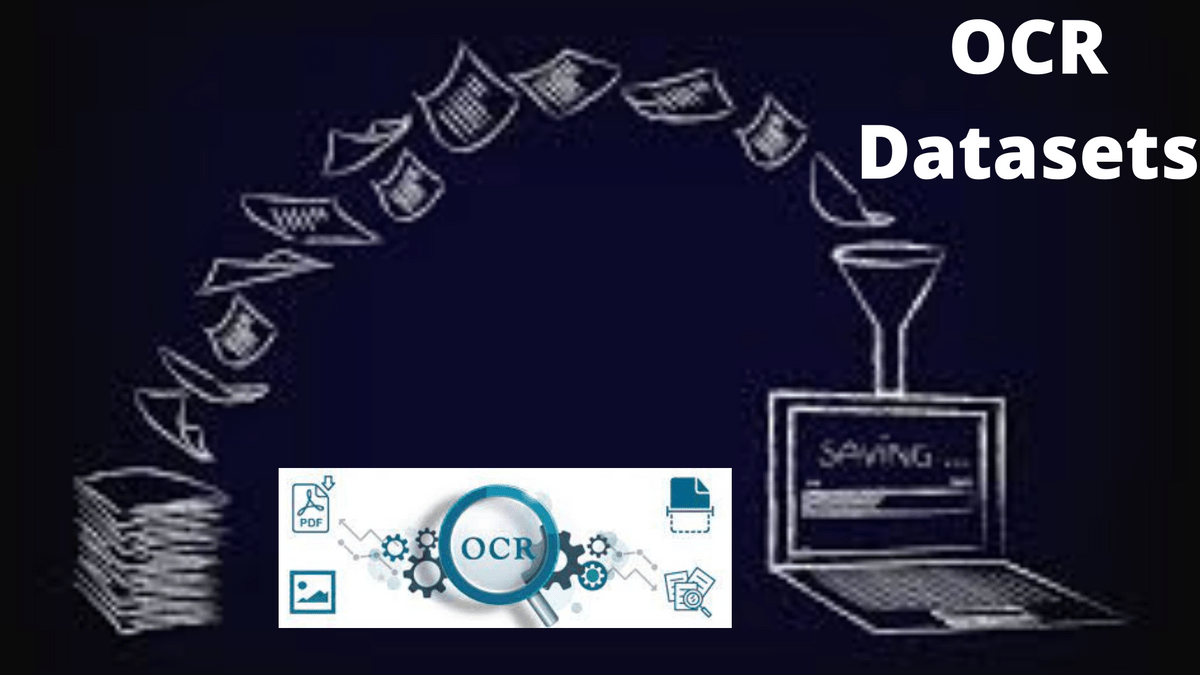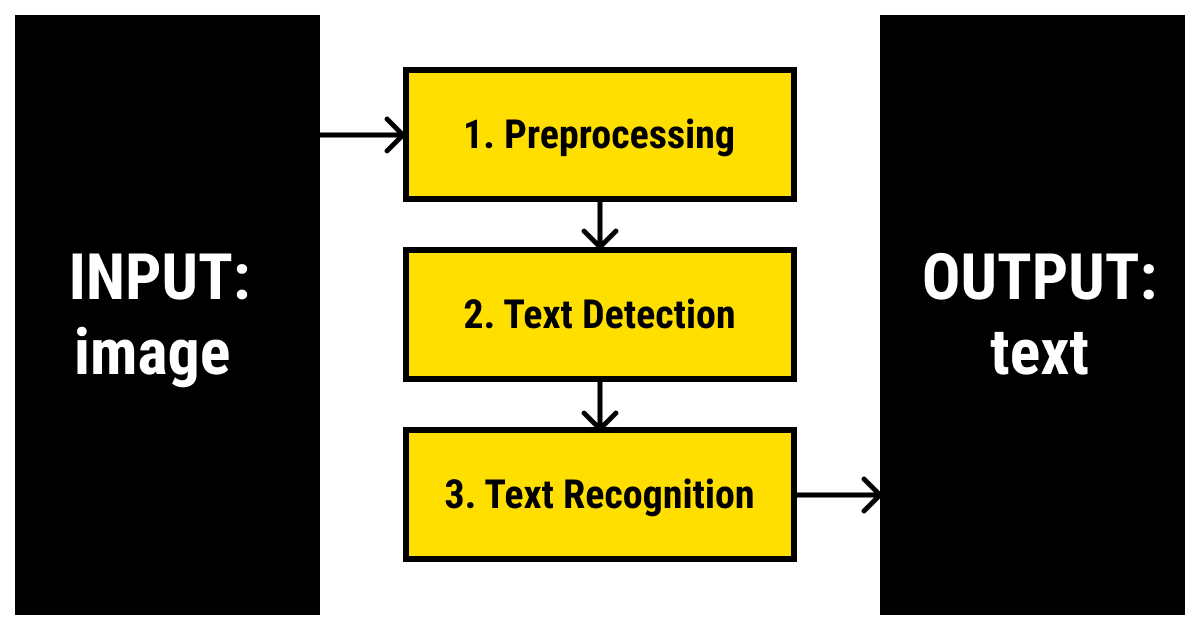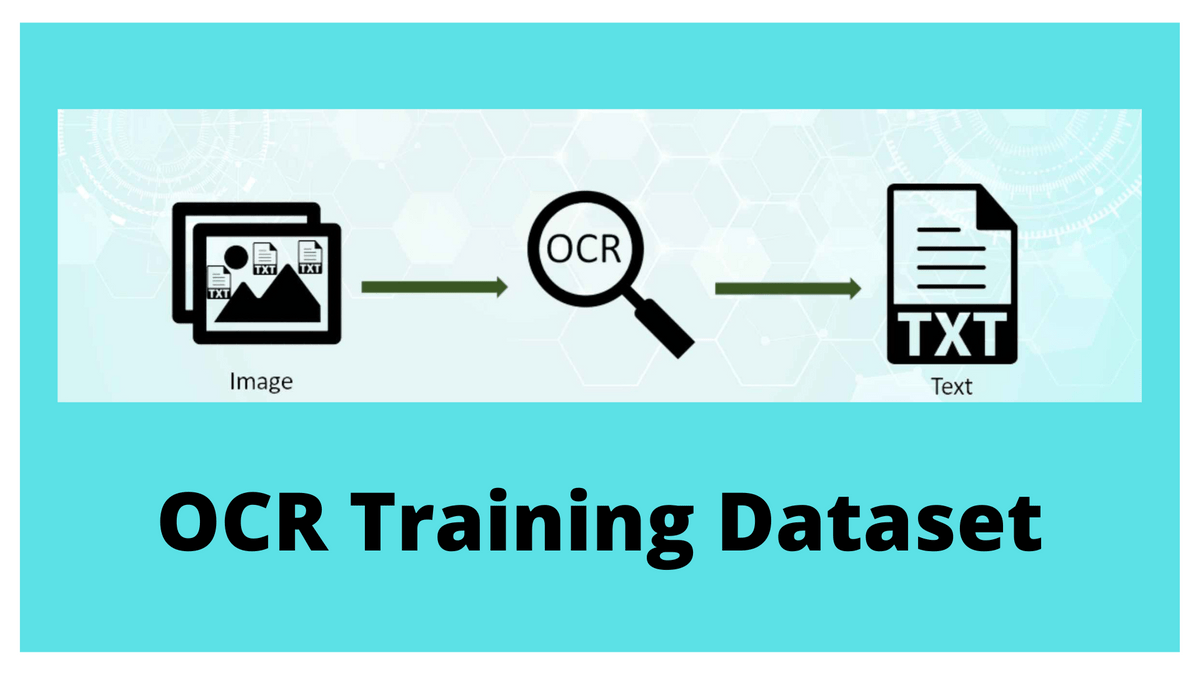
Introduction
With the rising fascination with OCR in addition to Machine Learning, more and businesses are looking at ways to implement this deadly combination to improve their processes for business If you're one of those then this article is perfect for you.
Find out more about the concept behind OCR is and how OCR powered by machine learning differs from the traditional technology and the ways it could be applied in the business world.
What exactly is OCR and how does it Function?
Optical character recognition (OCR) which is also referred to by the name of text recognition transforms any image data collection with written text to machine-readable text. OCR lets you quickly and easily digitize documents without manual entry of data. This is the reason the reason OCR is often employed for optimization of flow in business and automation. OCR's output OCR can also be utilized for editing electronic documents and storage of data in a compact format as well as the basis to cognitive computing as well as machine translation, and technology for text-to-speech.
There are several kinds of OCR dependent on the problems they tackle:
- Intelligent Word Recognition (IWR) is used to identify the existence of handwritten words that are unconstrained instead of the recognition of specific characters.
- Intelligent Character Recognition (ICR) is a more sophisticated version of OCR that is based on the latest algorithms that gather more data regarding variations that occur in printed handwritten characters.
- Optical Word Recognition (OWR) scans text typed word for word.
- Optical Mark Recognition (OMR) is used to recognize the data that people mark on tests, surveys or other tests.
Find out the way OCR functions. The workings of the traditional OCR comprises of three phases including image pre-processing and character recognition, followed by post-processing.
Step 1. SEARCHING FOR THE DOCUMENT TYPE AND Image Pre-Processing
The biggest challenge in recognition of text is that each document template is unique and has distinct objects, values, as well as the locations of the entities within the document. In order for OCR software to be accurate it needs to distinguish different types of documents, and then run the appropriate predefined pipeline according to the document type. For instance, PDF documents could or might not include text layers. If the PDF doesn't have a text layer, we need to treat it differently as if it did.
When you've selected the best pipeline images are then sent to the step of pre-processing. This is a pre-processing process that can affect the final results. Image processing helps reduce image noise and improve the contrast between text and background that will to improve the recognition of text. In this stage, the OCR program transforms the image into an image in black and white and analyzes it for dark and light areas. Areas with light colors are identified as backgrounds, while dark areas are identified as characters that need to be processed.
STEP 2. CHARACTER RECOGNITION
Through the use of feature detection and pattern recognition algorithms, the single character is identified. After that, a sequence of characters are compiled into sentences and words. The characters are identified with patterns or feature detection algorithms. The process of pattern recognition uses a process which is based on the search for connections between text in the image and text samples included in the system. The system can be used with different fonts and formats. This technique works best when using typescript, and does not work when you encounter new fonts which aren't part of the system.
A feature recognition algorithm allows you to distinguish new characters using rules regarding the character's unique features. This could be the number of intersecting lines, slanted lines, or curvatures in the symbol of comparison. Most of the time, OCR Training Dataset with feature detection employ classifiers that are based on neural networks or machine learning for processing characters. Classifiers can be used to analyze image features against existing examples stored in the system, and choose the most closely matched. A feature recognition algorithm is suitable for odd fonts or low-quality images with fonts that are blurred.
STEP 3. POST-PROCESSING
Once a symbol has been identified and converted to an identifier that can be utilized by computer systems to further process. It is important to mention that output from any OCR or related technology/algorithm comes with lots of noise or false positives. It is difficult to utilize the OCR output directly, therefore we must:
- Remove noisy outputs and false positives.
- Combine recognized entities and their meaning extracted
- Examine for potential errors and stop any output to the user should there are any
Based on statistics Based on statistical data, the system can identify the most common OCR mistakes, such as errors that are related to the similarity between words and characters. At this point the system rectifies imperfections to enhance the quality of the OCR output.

OCR Business Cases
OCR application for business can be used in many situations. Because machine learning has higher accuracy than earlier models of OCR, it permits business owners to develop OCR solutions that solve a wider array of business issues. Modern OCR systems are utilized in banking, security and insurance, medical retail, communications, and many other fields.
OCR IN HEALTHCARE
OSR incidents in the health sector are closely linked to the management of data. As per the World Economic Forum, hospitals generate about 50 petabytes of information per year. The data comprises medical reports prescription forms, lab test results, claims along with medical data. Digitalization of medical records and the effective extraction of information from them is an important element of the operation of an institution for healthcare.
With the help of the optical character recognition technique,, hospitals can convert papers into digital format quicker and save them in PDF documents which can be searched easily with the help of keywords. Electronic medical records can solve one of the biggest problems hospitals face, which is the loss of medical data regarding patients. Additionally, OCR allows data to be extracted from test results or certificates and then sent to hospitals' Information Management Systems (HIMS) to be integrated into patient records and forming the complete medical history for patients. Pharmaceutical systems can benefit of OCR also. Utilizing an OCR module, these systems allow users to scan medical prescriptions and then import them into software for checking whether the medicine is present in databases of pharmacies or make use of it to regulate picking robots.
OCR IN RETAIL
Retailers make a myriad of documents, including packaging lists, invoicing receipts, purchase orders product descriptions, and more. These documents are massive amounts of Text Dataset, that but aren't effectively utilized because of the complicated and lengthy processing.
Utilizing OCR combined with machine-learning, stores will be able to see rapid improvement in internal business processes and enhance the experience for customers through making use use of the data available. For instance, retailers are able to gain valuable information from the purchase order data to develop more effective promotions, marketing campaigns and also manage pricing more effectively. When they convert receipts and invoices to digital formats and integrating these into systems for accounting, retail businesses have the chance to streamline its accounting procedures. Examples of the use of OCR in retail aren't only limited to the ones mentioned previously mentioned. The feature of text recognition can solve specific problems of retailers. In particular, it could be beneficial for wine retailers that offer an array of goods. With the help of OCR-based wine label recognition users can take photos of a wine label and receive information like reviews, descriptions and so on. to assist them in making the right decision.
OCR in SECURITY and LAW ENFORCEMENT
Any industry can benefit from OCR as a part of their security plan. With OCR driven through machine learning organizations are able to develop sophisticated user security and authentication systems. Usually, manual comparators with personal details as well as a photo are used to confirm legitimacy of ID provided by the user. The OCR model can eliminate this manual process by scanning passports, ID cards or driver's licenses and verifying their authenticity by checking them against the data stored in the database.
In this instance in this scenario, the OCR engine has to first identify the format of the document. For instance, if a user opts to authenticate using an ID card, the document uploaded to the system should be in accordance with the format of the document. The system then needs to review and analyze uploaded documents to find relevant information. The optical characters recognition is extensively used to automate identification of number plates (ANPR). This technology is extremely beneficial for cameras to are used to enforce the traffic law. ANPR is also utilized to collect electronic tolls on toll roads, vehicle park management bus lane enforcement as well as traffic control. In general, systems that are based on OCR aid ensure safety on the road across the world.

Global Technology Solutions (GTS) OCR has got your business covered. With its remarkable accuracy of more than 90% and fast real-time results, GTS helps businesses automate their data extraction processes. In mere seconds, the banking industry, e-commerce, digital payment services, Image Data Collection, AI Training Dataset and many more can pull out the user information from any type of document by taking advantage of OCR technology. This reduces the overhead of manual data entry and time taking tasks of data collection.
